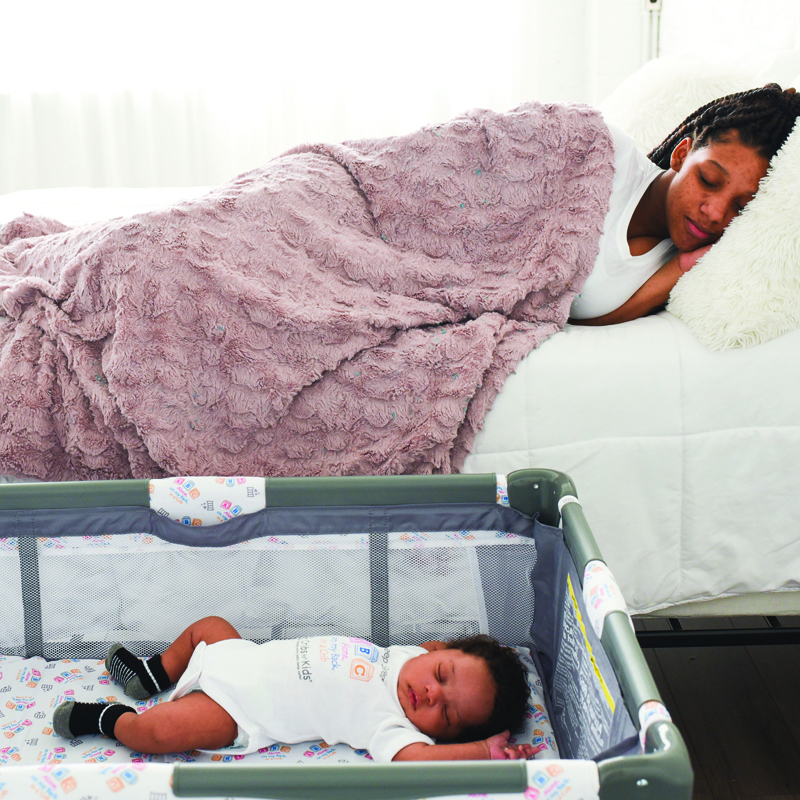
At Monument Health, we are dedicated to the health and safety of our youngest patients. We are currently working towards a Safe Sleep Certification in the near future for our hospital system. The National Safe Sleep Hospital Certification Program recognizes hospitals that have committed to making babies as safe as possible in their sleep environments and eliminating as many sleep-related deaths as possible. Safe sleep practices are designed to reduce the chances of Sudden Infant Death Syndrome (SIDS), accidental suffocation, and other deaths related to unsafe sleep practices.
Learning about safe sleep for babies is important for all caregivers, including grandparents, other family members, babysitters, childcare providers, and anyone else who might care for babies.
Tips to help create a safer sleep environment:
- All healthy infants less than one year of age should be placed on their back to sleep.
- Use a firm sleep surface or firm mattress. Infants should NOT sleep on couch, sofa, recliner, chairs, waterbeds, beanbags, soft mattress, air mattress, pillows, animal skins or memory foam.
- Breast feeding is beneficial and recommended.
- All infants should sleep in the parent’s room, near the parent’s bed in an approved bassinet, crib or pack and play. They should sleep in the parent’s room until at least 6 months of age or up to one year of age. Infants should NOT share beds with adults.
- No soft or loose bedding, quilts, comforters, bumper pads, pillows, stuffed animals, or soft toys in the sleep environment.
- Consider use of pacifier, after breastfeeding has been established, at times of sleep during the first year of life.
- Avoid smoke exposure, illicit drug use and alcohol use during pregnancy or around infants after birth.
- Avoid over-bundling and use of hats/head coverings to prevent overheating.
- Avoid the use of commercial devices that are not consistent with safe sleep recommendations. Home monitors are NOT a recommended strategy to reduce SIDS.
- Tummy time is recommended when infant is awake, with adult supervision.
- A wearable sleep sack may be used in place of a light blanket and swaddling. There is no evidence that swaddling reduces the chance of SIDS. If swaddling is used, place on back and do NOT use rolls to prop infant on their side. The swaddling blanket should be kept away from the face, with arms in or out.
